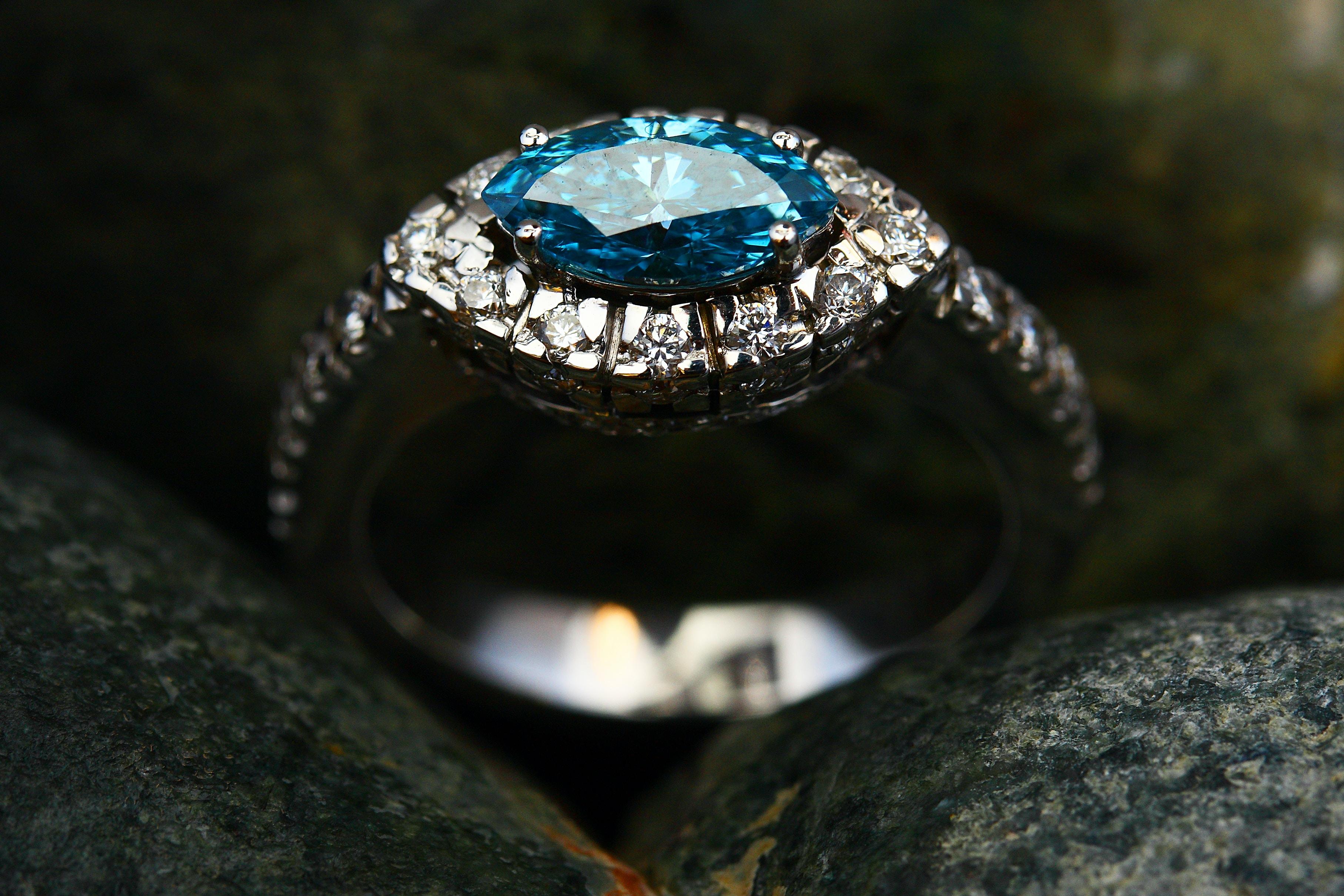Jewelry photography can be tricky to master. Getting the right equipment and honing your skills to capture every minute detail is challenging. Not to mention that in such close-up photography, there isn’t all that much room for improvisation and creativity.
Of course, that doesn’t mean you can’t have a little bit of fun and add a touch of magic to every photo you capture.
Whether you’re doing product and ecommerce or editorial photography, you don’t want just simple, generic, forgettable jewelry photos that customers skip past. You want stunning images that are mesmerizing and awe-inspiring.
So, take a look at a few creative jewelry photography ideas that will help you capture your audience's attention.
In this article
1. Generate Creative Jewelry Photography Using AI
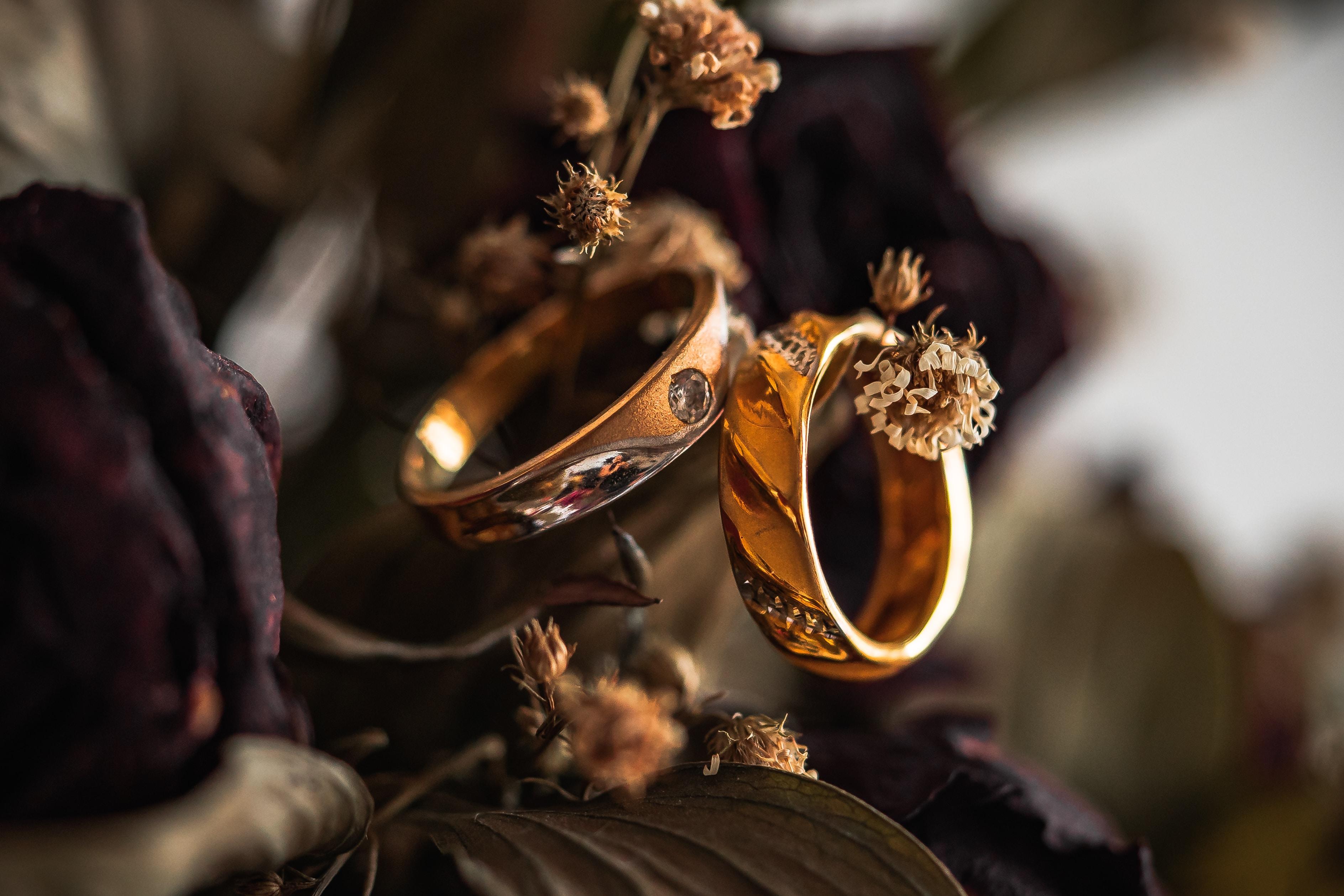
You'll encounter unique challenges when working with small products that require close-up photography, such as rings, necklaces, earrings, and similar things. It’s difficult to stage these tiny items or prop them up, so you’ll have to get creative with it. That’s where AI can help you.
While Artificial Intelligence art can sometimes be dubious, producing quite odd-looking images, AI editing tools are a different thing altogether. They enable you to enhance and improve your images in ways you never thought possible.
With AI tools like Booth.ai, you can even take things a step further and generate lifelike images almost entirely from scratch. All you need is a reference photo of your product, and Booth.ai handles the rest, putting your product into context, generating lifestyle photos of it, and helping you highlight its most essential features.
It takes just a couple of simples steps to get started with it:
- Upload a reference jewelry photo;
- Fill in the text prompt to describe your vision;
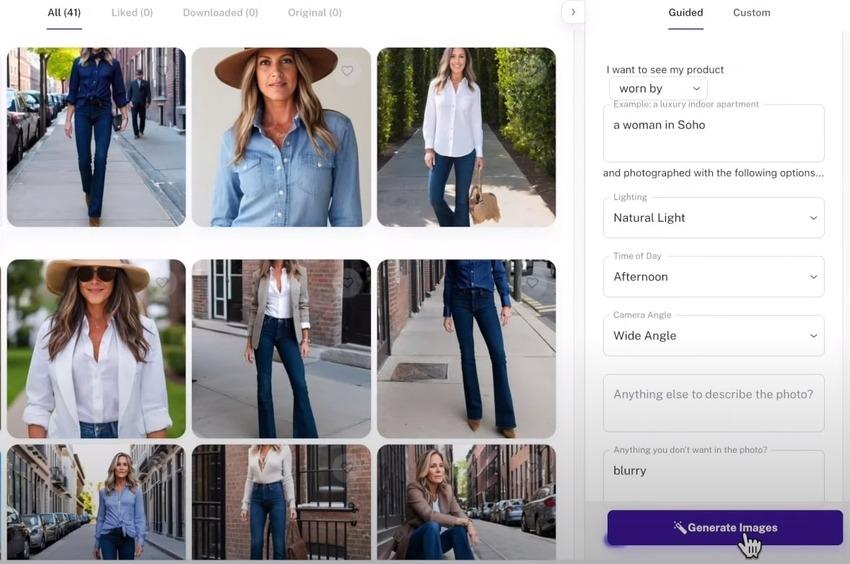
- Receive your completed product images.
In a matter of seconds, you’ll get life-like photos of your product in action without spending hours (if not days) trying to figure out how to organize your photoshoots.
2. Carefully Insert Branding Elements Into Your Photos
Close-up jewelry shots don’t allow for enough wiggle room to add many branding elements, such as a highly visible logo or a slogan. That doesn’t mean that you should leave out any type of branding. Instead, it means you must find creative ways to photograph jewelry and include brand elements.
It could be a subtle thing, such as a tiny logo in the corner of the image or even a larger but out-of-focus logo in the background. You could also use a specific color scheme associated with your brand, then build the photoshoot set with the scheme in mind.
Of course, you can also go the simple route and add a watermark in the post-production. Just ensure it doesn’t go over the product and obscure any details.
3. Add Creative Jewelry Photography Themes
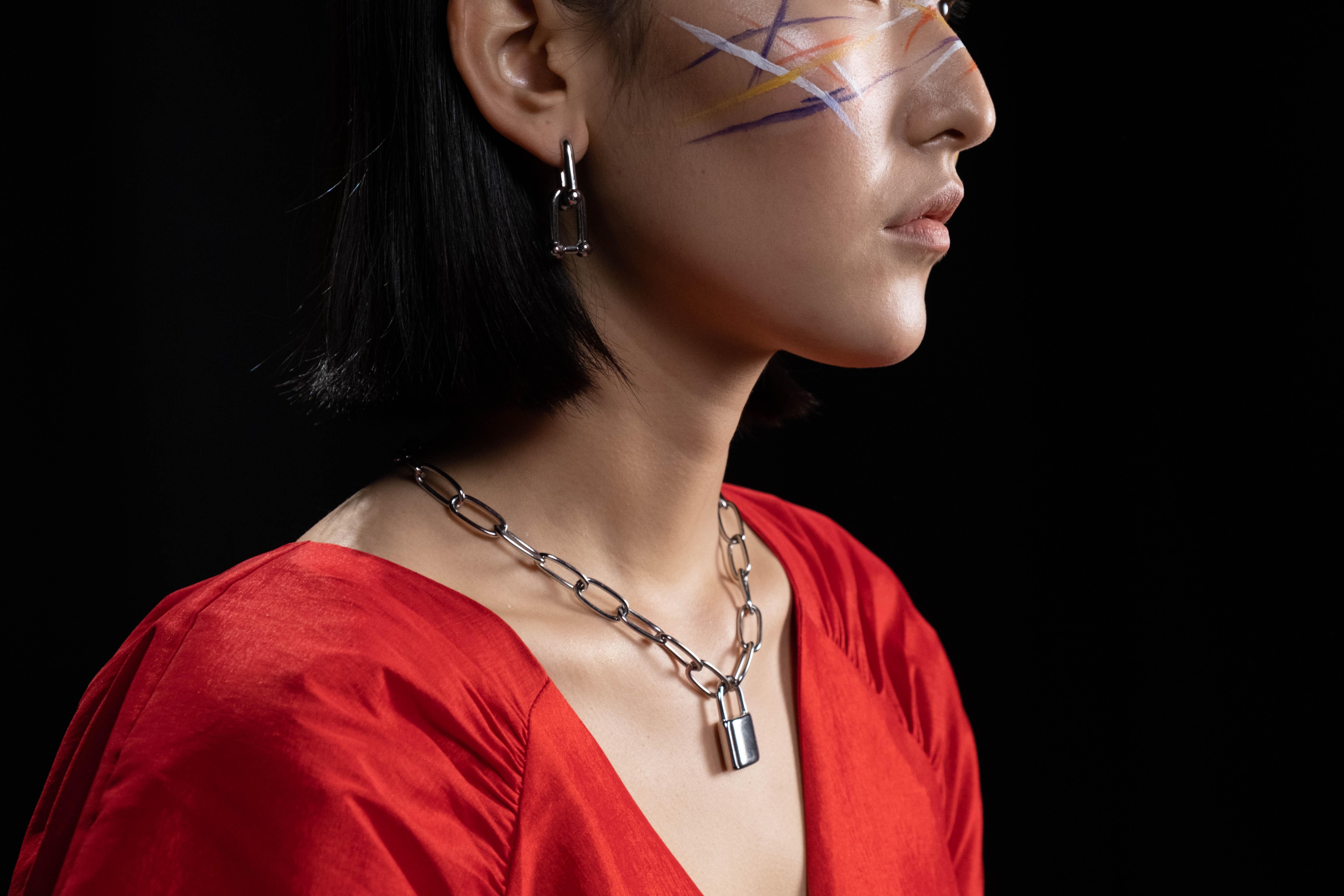
Having a uniform theme for all your jewelry photos is incredibly important. You want your brand to be memorable and recognizable. You want it to stand out and draw the attention of your audience. The best way to achieve this is by sticking to a specific theme and using it to build a story.
The most common theme for creative jewelry photography you could use is florals. Roses, for instance, are considered the most romantic flower, so you could use roses when shooting engagement rings or wedding band sets.
Bright-colored flowers in the background can make your shots feel more adventurous or whimsical. Dark-colored ones like irises can set a more serious mood, making your jewelry feel more refined.
Of course, florals aren’t the only theme you could go for. A beach theme could be another great idea, depending on the specific type of jewelry you’re working with. You could even play around with a pirate theme or a cosmic theme, as long as it makes sense for your brand and the specific collection you’re using.
4. Use Random Props to Boost Engagement
While product photos on ecommerce websites should largely be minimalistic, allowing prospective buyers to examine every piece of jewelry in detail, editorial photos used in marketing (especially on social media) should be eye-catching. That means using suitable props that will make your target audience stop and take a look.
The props you should use depend heavily on your brand persona. You could use props such as silk scarves, luxury watches, or the like to build a brand that exudes elegance. If you want to present your products as budget-friendly, you could opt for props like flowers, beach towels, or even piggy banks.
Don’t be afraid to have some fun and enjoy a creative jewelry shoot with props that will draw your audience’s eye without distracting them from the product you’re trying to sell.
5. Focus Only on the Jewelry’s Primary Color to Create Consistency

While it may be tempting to try and make your jewelry shots stand out by using colorful, whimsical backgrounds, you should always try to focus on the jewelry’s primary color.
If you’re working with a blue sapphire, use similarly-colored props in the background to bring out the vibrancy of the gemstone. If you want to bring out the gold of a finely-crafted necklace, use a few minor golden props, but keep the background monochromatic.
Most commonly, the biggest color-related problem in jewelry photography is when working with silver or white gold jewelry and clear stones. It makes it incredibly difficult for prospective buyers to make out essential details.
In these instances, you can make the whites pop by using simple, dark-colored backgrounds that help bring out the clarity of the gemstones.
More tips:
6. Focus on the Jewelry but Move Away to Add More Detail
In product photography, you’ll always want to keep the jewelry you’re working with front and center. There should never be any distracting props or backgrounds that would prevent the buyer from experiencing the product in its full glory.
However, in editorial photos, you can always play around. Have a few shots entirely focused on the jewelry piece, but remember to take a few shots that add more detail and create context for the product. Take a close-up of a ring on someone’s finger, for instance, but also have a wider photo of the model wearing the ring.
While potential buyers won’t be able to distinguish many details in the ring, they’ll be able to see it in context and experience what it would look like in real life. As a bonus, they’ll also understand the scale better and envision its realistic proportions.
Read more: Jewellery model photography
7. Use Reflections for Creative Jewelry Photography Ideas
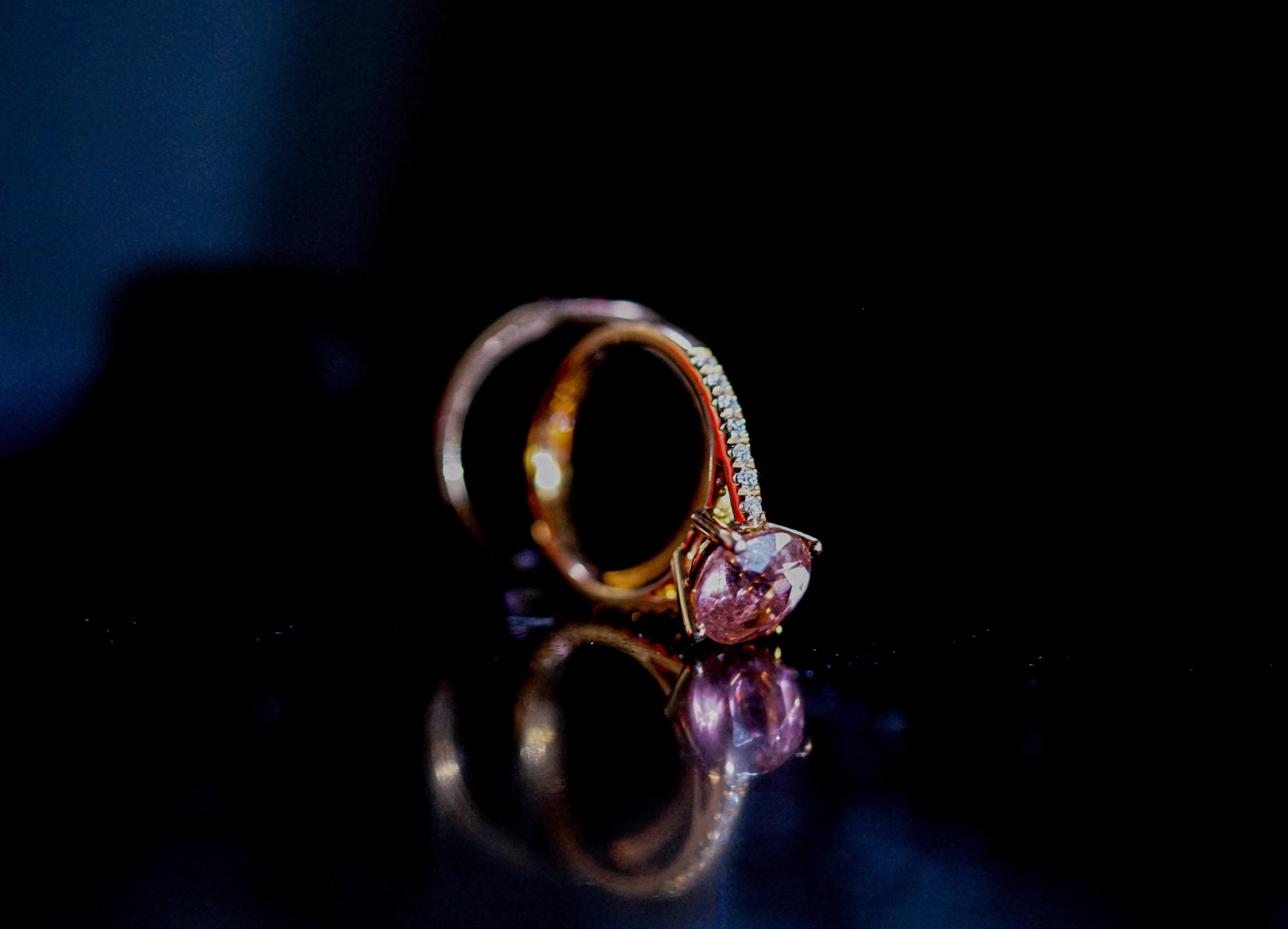
Depending on how you look at it, reflections in jewelry photography could make or break your photos.
On the one hand, if the audience can see the photographer's or studio lights' reflection, they could get distracted from the product. In the worst-case scenario, reflections can make it look like there’s a fault in the piece of jewelry you’re photographing, making it look like it has scratches and imperfections.
On the other hand, reflections can add more dimension to your photos. For instance, placing a ring over a mirror and capturing the reflection could help you highlight all its features in a single photo. Moreover, reflections can serve as the perfect background for your jewelry that adds more details without being distracting.
8. Use a Macro Lens to Capture the Smallest Details
As a jewelry photographer, a macro lens should be your best friend. It’s virtually impossible to have high-quality jewelry shots without a high-quality macro lens that allows you to bring out every minute element.
As a general rule of thumb, you should use a macro lens in the 85mm to 100mm range, as it best captures even the smallest details.
It enables you to get up close and personal with the product and allows you to create stunning images that can’t but take your breath away.
Read more: best macro lens for jewelry photography
9. Try Limited Lighting to Create a Dramatic Presentation
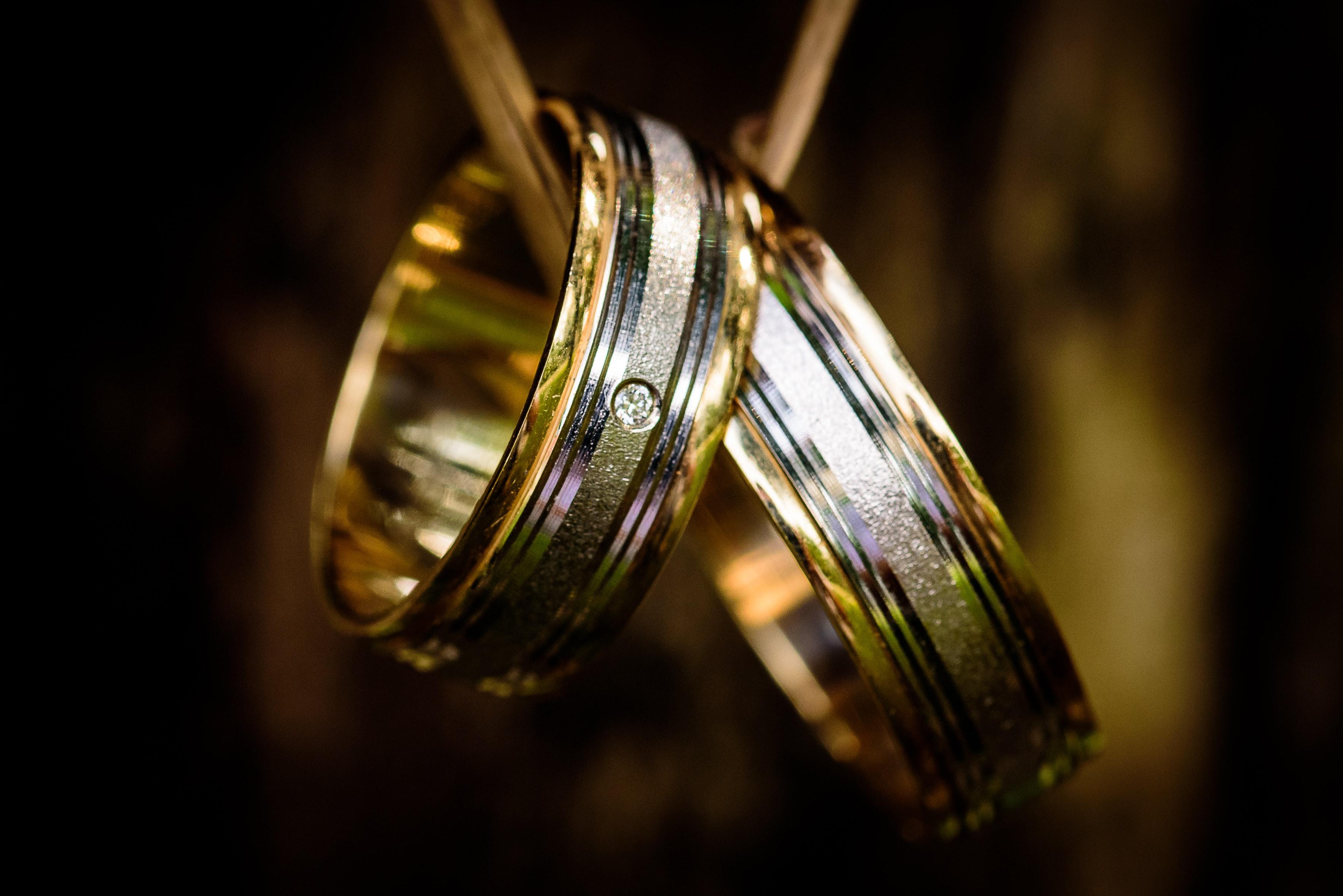
Though bright lighting can work wonders for different types of product photography, it’s not always the best choice for jewelry shots. It can create awkward reflections, make light-colored jewelry difficult to see, and virtually delete small details you want to emphasize.
That’s why using limited lighting might be in your best interest. You’ll find it easier to control the reflections and make important details stand out. In addition, you’ll make your photos seem more dramatic and moody, helping you make your products stand out.
Conclusion
With jewelry photography, you need to get creative if you want to wow your audience and impress potential buyers. While you won’t have much room to play around, you can use strategic props and backgrounds, have fun with colors and reflections, and experiment with generative AI to create shots that are nothing short of breathtaking.

